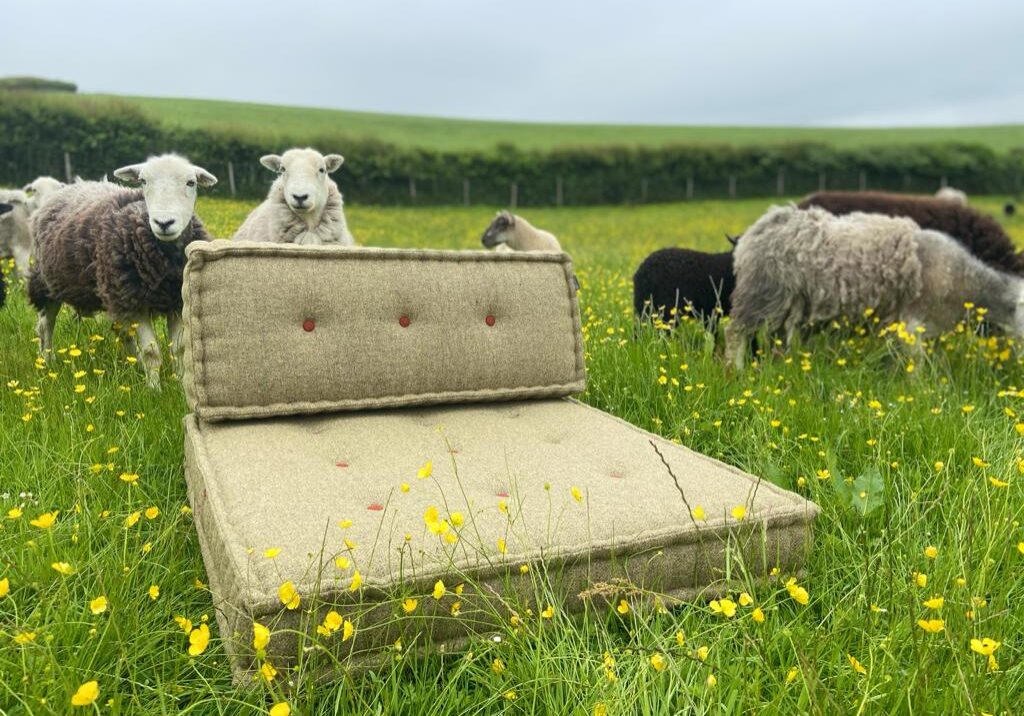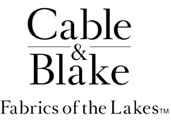Herdwick Sheep
The Lake District's
Herdwick Sheep
The name “Herdwick” is derived from the Old Norse herdyerk, meaning sheep pasture. The sheep date back to 12 century and originated on the fells of the old counties of Westmorland and Cumberland, now collectively known as Cumbria. They are extremely hardy sheep that are able to survive at heights of up to 3000 feet on the Cumbrian mountains all year round. The only time Herdwick sheep will descend into the valleys is during lambing.
What makes Herdwick Sheep
unique?
So what about
Beatrix Potter?
The world-famous Beatrix Potter is often hailed as a key figurehead in saving the Herdwick sheep from extinction. As a staunch supporter of the National Trust from an early age, she understood the need to preserve the rural culture as well the beautiful scenery. This, and her love of the Lake District, prompted her to acquire Hill Top Farm in Near Sawrey in 1905.
Beatrix Potter went on to purchase 15 additional farms in the Lake District and, together with her shepherd Tom Story, started to breed Herdwick sheep. Beatrix won a number of prizes for her sheep at local shows, eventually becoming the first elected female President of the Herdwick Sheep Breeders Association in 1943.
Beatrix's passion to preserve rural culture and scenery, Combined with her love of the native Herdwick sheep, led her to leave all her farms, covering 4,000 acres to the National Trust when she died; with the understanding that they continue to breed the sheep and allow them to graze freely on the land. Hence Herdwick sheep can be seen roaming the fells today...
What colour are they?
Herdwicks are born with fully black fleeces and faces. As they age, these turn grey (a bit like us!).
Where do they live?
Herdwicks live in the Lake District, mostly in an area called Coniston. They have a homing instinct and tend to never stray too far from their native pastures. This is convenient for the farmers.
How hardy are they?
Herdwicks are one of the toughest breeds of sheep. They are able to withstand the extreme weathers on some of the highest mountains in England. This is due to their grazing nature and the unique characteristics of their woolly coats.
What are their fleeces good for?
The fleeces can be used for many different things. Mattresses, insulation, clothing, or in our case: upholstery fabric.
What is special about their fleeces?
Their fleeces have a natural oily substance on them called Lanolin. This means that they are water resistant. Like other wool, it is also fire retardant.
How sustainable is it?
Before we began making a use for the wool, the majority of it was burned as the cost of selling it on just wasn't worth it for the farmers. The alternative that we provide is far better for the environment. The wool is also renewable and biodegradable.
What are we actually doing to be more sustainable?
Cable & Blake are known for their efforts to be more sustainable. Every decision they make is a conscious one. From creating a long-lasting, timeless fabric, to making use of even the tiniest of remnants (check out our other products!) and ensuring that the minimal amount goes to waste.
The fleeces that we use are sourced locally, and only go short distances when they do travel, such as from the weavers to the dyers.
Sheep's fleeces need to be sheared yearly to make sure that they don't get too warm in the summer time. The farmers rarely have a use for the fleece, and due to the cost of selling them, they tend to be burned. We provide an all-round better alternative - turning the fleece into a beautiful, time-less, multi-functional fabric.
This also means that we aren't going to run out of wool anytime soon... It quite literally grows back!
The wool is naturally biodegradable too!
You can read more in depth about this in our Journal.
100% British Wool - accredited by British Wool
We have recently been accredited by British Wool.
British Wool traced our supply chain for the fabric to ensure that it was 100% British. We are pleased to say that we can trace all our wool back to British fleeces.

